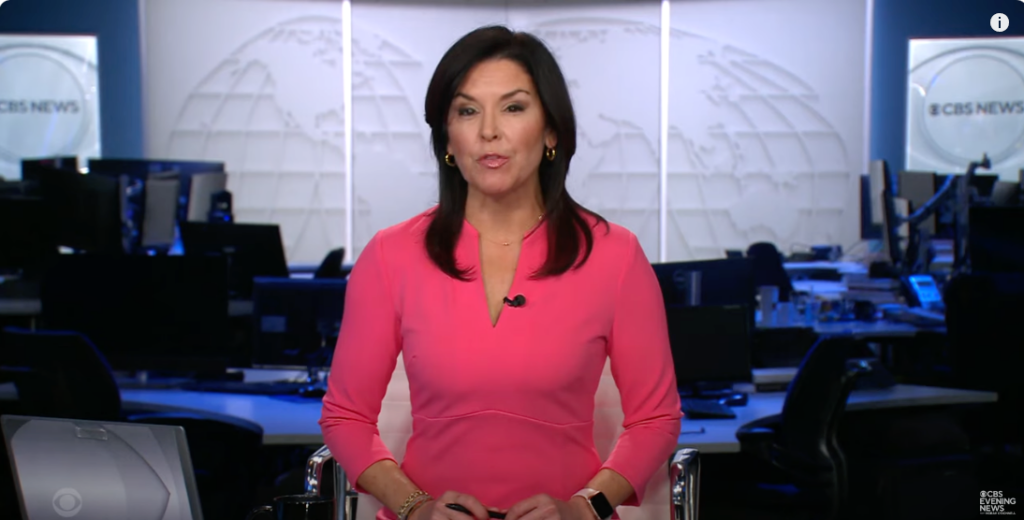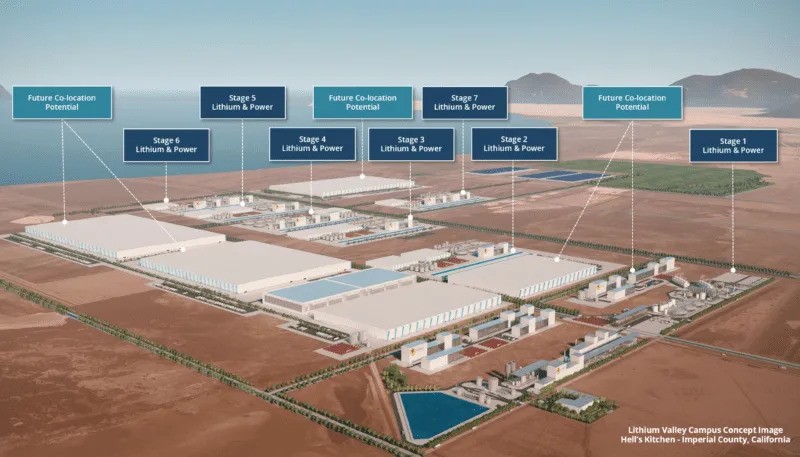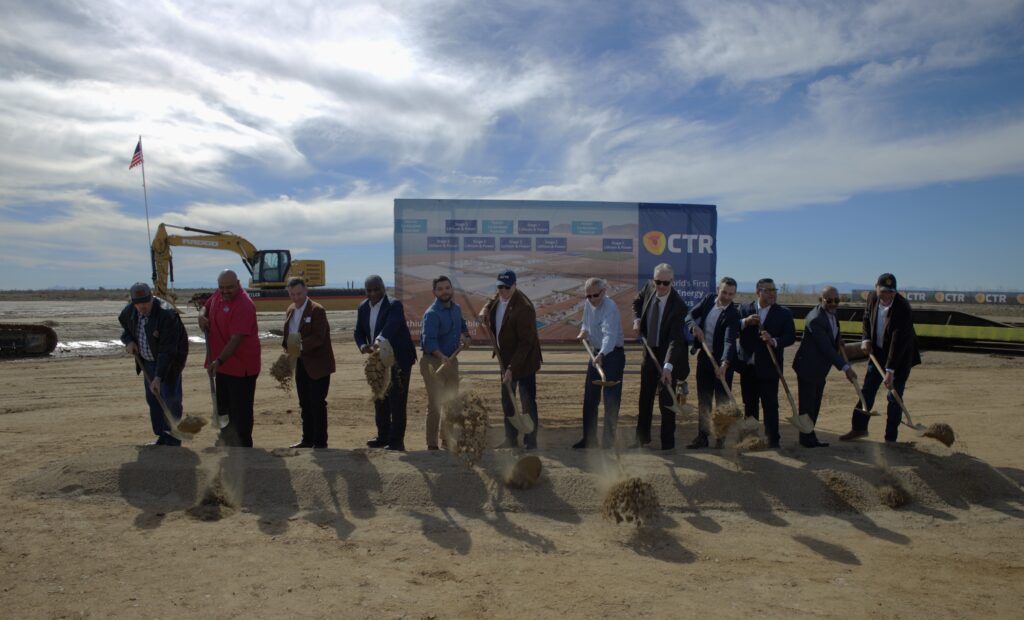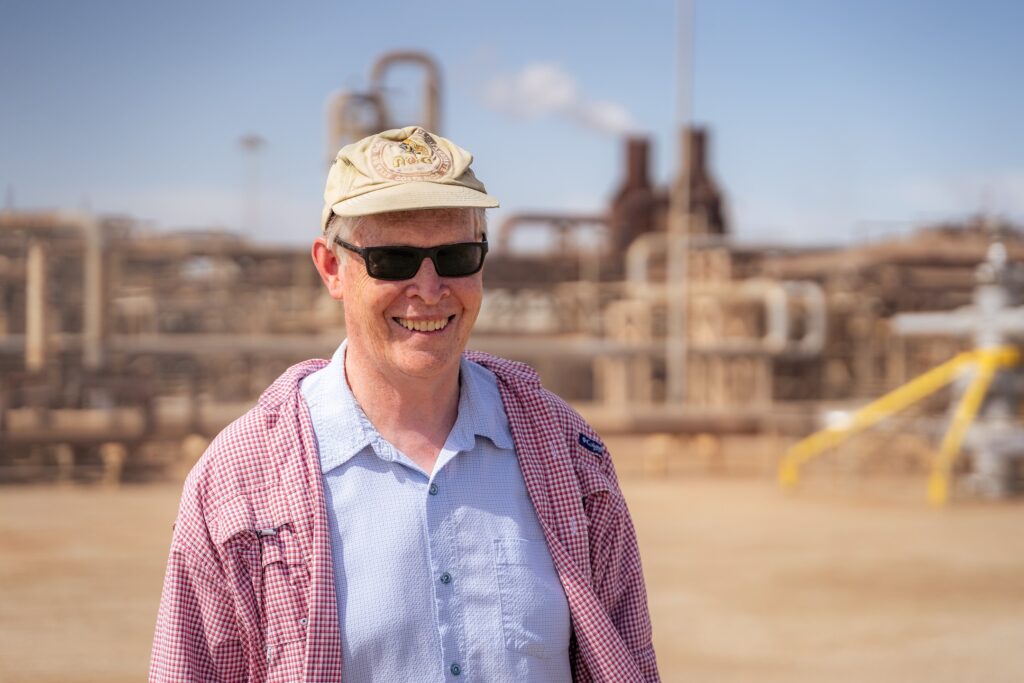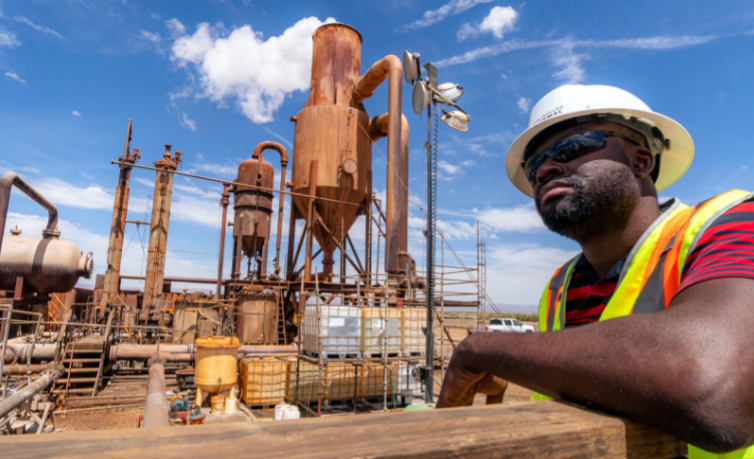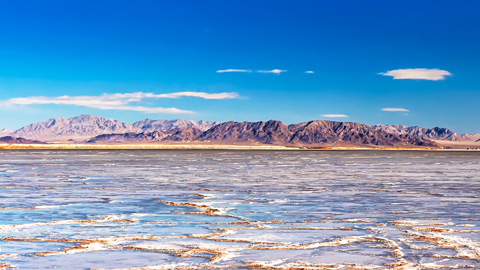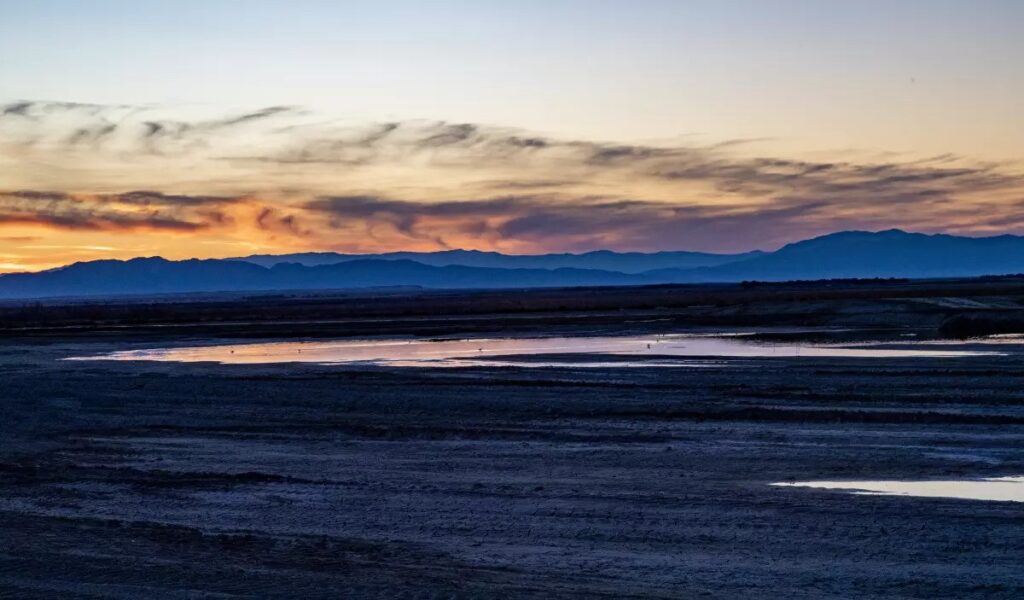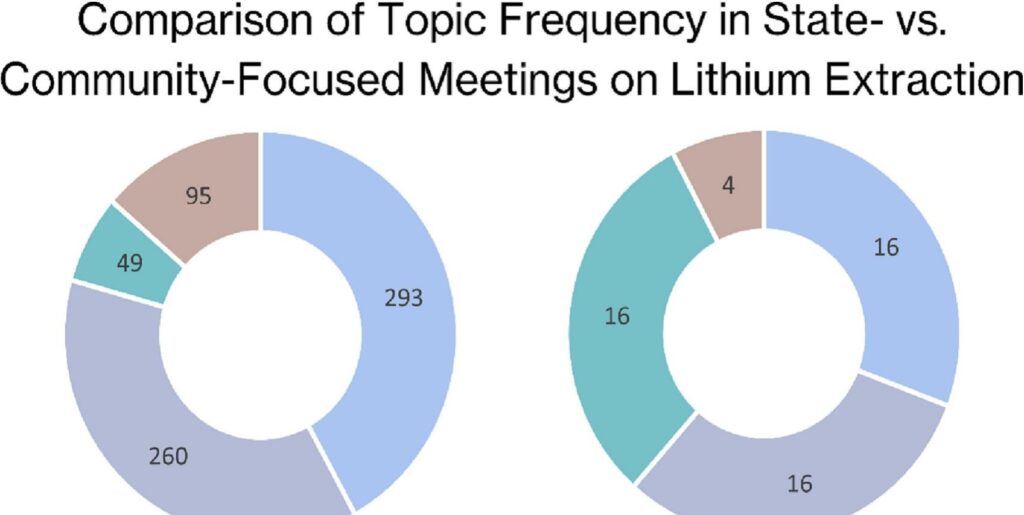CBS Evening News: What the demand for lithium could mean for one Southern California region (video)
In Southern California’s Imperial Valley, unemployment is high, wages are low and agriculture is the dominant industry. But the move to electric vehicles may turn the region into “Lithium Valley.” John Blackstone explains.

